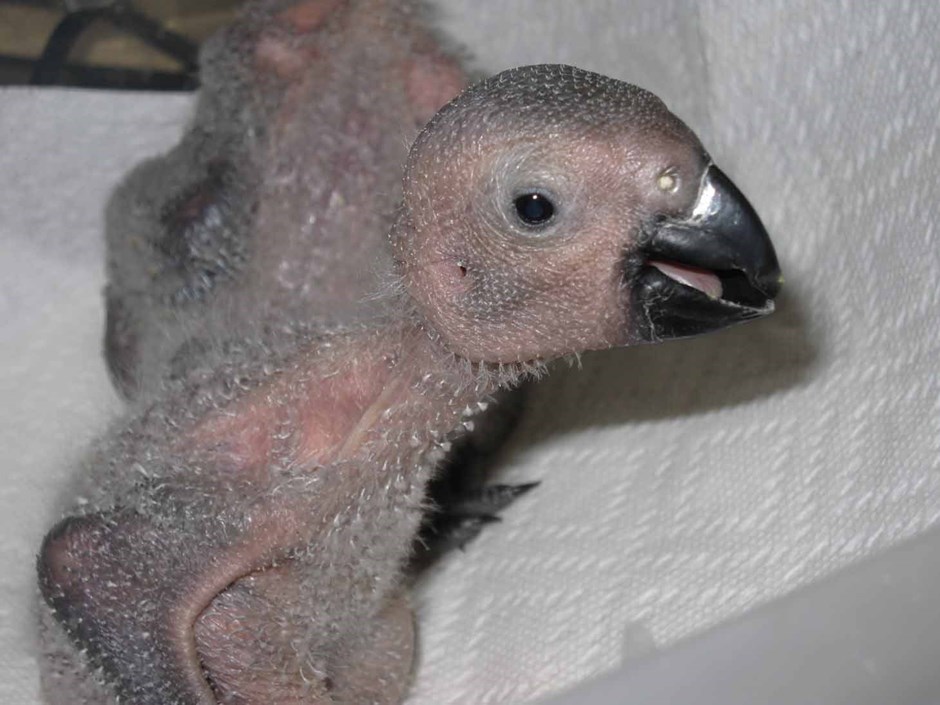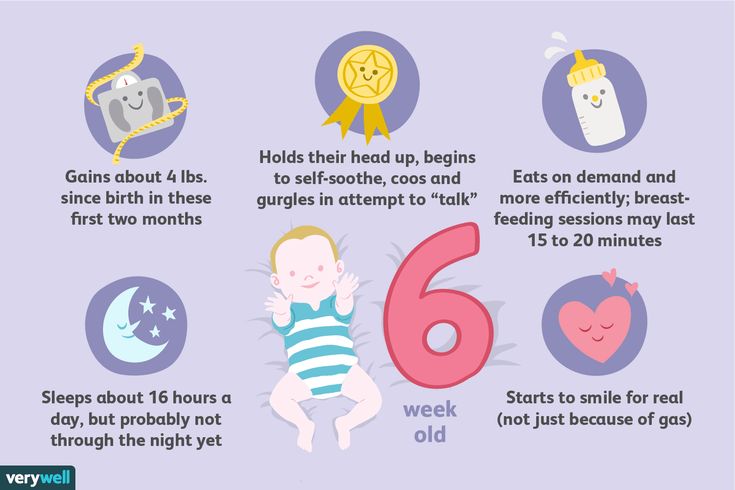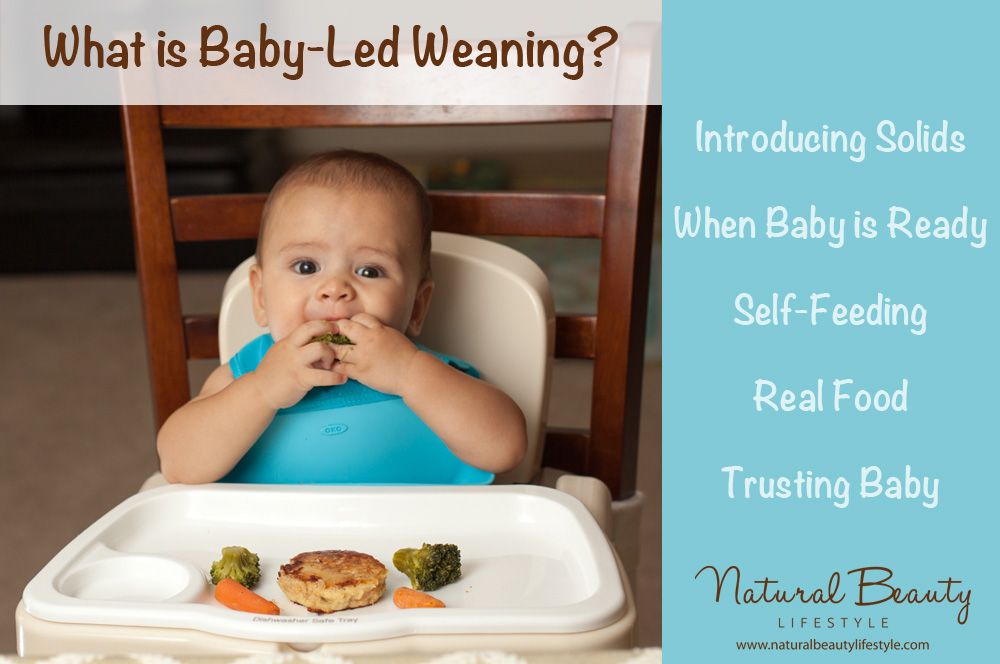Hand feeding baby african grey
How Do I Hand-Feed an African Grey?
By Karen Mihayloi Hemera Technologies/PhotoObjects.net/Getty Images
African greys are usually attentive parents, but occasionally a clutch is abandoned and hand-feeding becomes necessary. An ill bird can also require hand-feeding. Hand-feeding an African grey parrot isn't difficult, with proper training and a little experience. To be prepared for an emergency when breeding African greys, ask your avian veterinarian or a reputable breeder for hands-on training before the eggs begin hatching.
Properly Prepared Formula Is Essential
Leave the baby in his nest or brooder while you clean and disinfect the preparation area, wash and dry your hands and prepare the formula. Mix warm bottled water with powdered formula, using a commercial baby parrot formula specifically formulated for African greys. Never heat prepared formula in a microwave; hot spots can burn the chick. Follow the manufacturer's directions carefully; dilution rates and feeding schedules vary according to the chick's age. Malnutrition, dehydration or an impacted crop are some of the problems that improperly diluted formula may cause.
Keep the Formula Warm
Use a thermometer to ensure the formula is between 103 and 108 degrees Fahrenheit, leaving it in the food during feeding. To keep the formula at the proper temperature, lower the feeding container into a bowl of very warm water. Stir the formula and check its temperature each time you fill the feeding syringe. Proper food temperature is crucial for healthy weight gain.
Initiate a Feeding Response
Keep your chick warm and away from drafts while feeding him. Gently touch the soft pad at the inner edge of his beak with the filled feeding syringe to initiate a feeding response. When the chick opens his beak, angle the syringe behind his tongue, toward the back or sides of his throat, avoiding the windpipe located in the center of his throat. Slowly depress the syringe while the crop, a pouch on the front of the chick's throat, plumps up.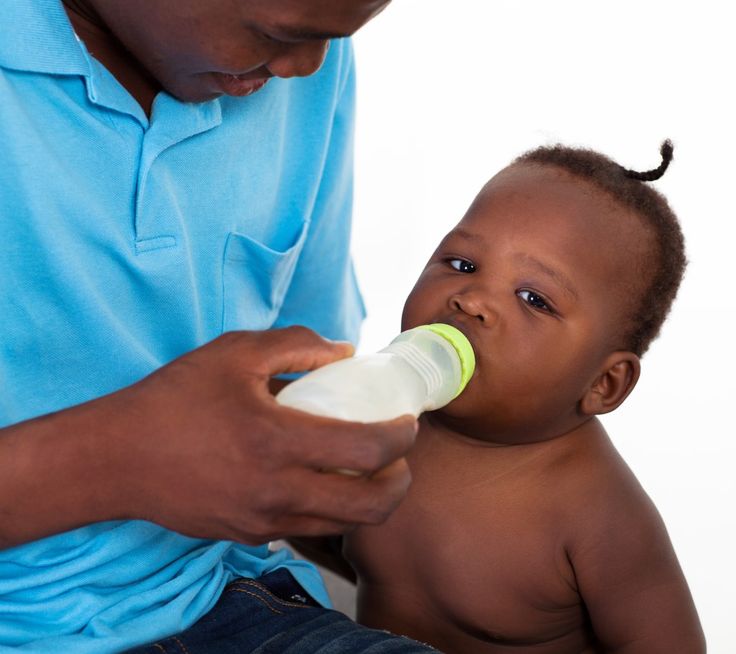 Don't allow the crop to overflow.
Don't allow the crop to overflow.
Clean the Chick After Feeding
Baby parrots are messy eaters, and must be cleaned immediately after being fed. Using a cotton swab moistened with warm water, thoroughly clean inside the beak. Any food particles stuck here can turn sour, which may cause a bacterial infection. Carefully clean his face with a soft, moist cloth. Even his nostrils may contain caked formula. Dry him thoroughly, and replace him in his brooder or nest to avoid a chill.
Allow His Crop to Completely Empty
An African grey chick's crop must empty at least once each day. Failure to allow emptying of the crop may result in sour crop and bacterial infections, the two most common problems seen in hand-fed chicks. Let the chick go unfed for seven hours overnight, which allows the crop to empty completely. Other potential problems include malnutrition, pneumonia caused by aspirated formula and health or behavioral problems caused by early weaning.
References
- BirdChannel.
 com: 14 Parrot Hand-Feeding Tips
com: 14 Parrot Hand-Feeding Tips - Hilltop Animal Hospital: Hand-Raising and Hand-Feeding Baby Birds
- Arizona Parrots: Dangers of Hand Feeding Baby Birds
Photo Credits
Writer Bio
Karen Mihaylo has been a writer since 2009. She has been a professional dog groomer since 1982 and is certified in canine massage therapy. Mihaylo holds an associate degree in human services from Delaware Technical and Community College.
Feeding your new baby - The world of African Greys
BRINGING YOUR BABY GREY HOME - FEEDINGBy: Christine Wanger
Young African Grey Parrots will learn to wean on to solid food at around the the age of 12 weeks. But just because a bird has been seen to eat solid food, this does not mean that the weaning process is done and your bird's hand-rearing formula can be forgotten. Many African greys can still be reliant on you for 'Top-up' feeds for many weeks to come. This is something which many breeders will not tell you as they want to farm the young birds out as soon as possible to keep costs as low as they can, get their cash and be sure the bird is still young and tame.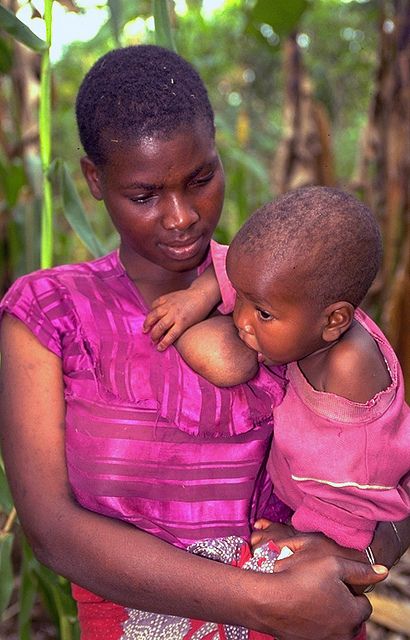 Unfortunately many birds are sold as weaned and die of starvation a few days after being sold as the owner will not be informed that top up feeds are required. A bad scrupulous breeder will not care for the bird's fate as long as they get their hands on your cash! These kind of people will never offer you a refund, their only concern is the cash.
Unfortunately many birds are sold as weaned and die of starvation a few days after being sold as the owner will not be informed that top up feeds are required. A bad scrupulous breeder will not care for the bird's fate as long as they get their hands on your cash! These kind of people will never offer you a refund, their only concern is the cash.
Be prepared!
There are a few things you can do to prevent your newly purchased bird from starving to death. Firstly you need to be prepared! Ask the breeder what hand rearing formula the bird has been reared on and ask if you can purchase some. If they will not sell any to you or say they don't know, then buy one of the brands available in pet stores which say they are suitable for African Grey parrots. There are many good brands available on the market, the store owner may be able to advise you. Secondly ask the breeder if the bird was syringe fed or spoon fed. This will make booster feeding for you much easier if you have the right equipment that the bird will recognise and realise it's food time.
Is my new home ready?
When your bird arrives home with you, the cage and feed pots should already be in place. When setting up the cage remember that a young Grey will not be very good at climbing around and getting from perch to perch with ease. Most birds have come directly from a cage where they have been either on a perch very low to the bottom of the cage or even just the flat surface at the bottom of a cage. So it is very important to set up the cage with the perches placed down low in the cage until your bird learns to climb around. If your bird is having problems getting around the cage, it may have difficulties getting to the food and water pots too. I find it best to place the pots on the bottom surface of the cage away from the perch so they don't poop in it, weaning birds find it far easier to eat while on a flat surface rather than while perching. Also avoid water pots that are too deep as the bird may get chilled if it keeps falling into or standing in the water pot.
*Your birds main food pot should include a pot with at least half pellets and half seed mix. You should ask your breeder whether your bird has been weaned onto pellets or seed. Most will say seed as it is the cheaper option but a pelleted diet is so much more healthier and young birds are more willing to try them. Many young birds have difficulties shelling the seeds in their mix- this is usually something they will learn to do from their parents. So always try pellets- get them eating healthy while young!
Ok so your new bird is now home with you and settled - fantastic! After a few hours of being with you you will need to offer the bird some of the hand rearing formula which you have purchased. A great way to tell if your bird is hungry or needs topping up is to hold the bent teaspoon or syringe in front of your birds beak. If your bird is hungry it will recognise the feeding instrument and may begin to grab at it with its beak and flap its wings. If this happens be prepared as it can get messy until you master the art of hand feeding!
If this happens be prepared as it can get messy until you master the art of hand feeding!
Mix the formula as directed on the packaging and allow it to cool! *A good tip here is the temperature when ready to feed should be warm and not hot - you should be able to poke your finger into the centre without any burning, just a comfortable warmth. Your bird should only take a few teaspoons until it is full up. Make sure that you try to keep the formula away from the feathers and clean your birds beak after as it will matt the feathers and stick into a hard messy lump on the beak and feathers if not cleaned up. Job done!
DIET SHEET FOR WEANING BIRDS around 12 weeks old plus.
* A supply of fresh seed mix/pellets should be available all of the time.
Remember- your parrot will be unsure of how to shell seeds at this point and it may take lots of practice so the amount of seeds which are eaten will be minimal and other foods need to be offered. Weaning your bird onto a pelleted diet is a much healthier and easier option!
Weaning your bird onto a pelleted diet is a much healthier and easier option!
*A fresh supply of water should be available all the time.
*The first stage in weaning your African Grey is to gradually reduce the amount of hand rearing formula feeds. So firstly aiming at 3 feeds per day these should be equally spaced at about 8 hours apart. so for example:
*7am
*3pm
*11pm
*Inbetween feeds a fresh supply of fruit and veg should be offered. for example, between 7am and 3pm offer a dish of fruit and between the 3pm and 11pm feed offer a dish of vegetables.
* See list of safe fruit and vegetables for Ideas. At weaning age it is a good ides to offer fruits and veggies in small pieces. Peas and sweetcorn are often readily taken raw or cooked.
*Parrots are not keen on cold straight from the fridge foods and it can upset a young birds tummy so always try to serve at room temperature.
*Veggies are best served warm and are often refused when they have turned cold.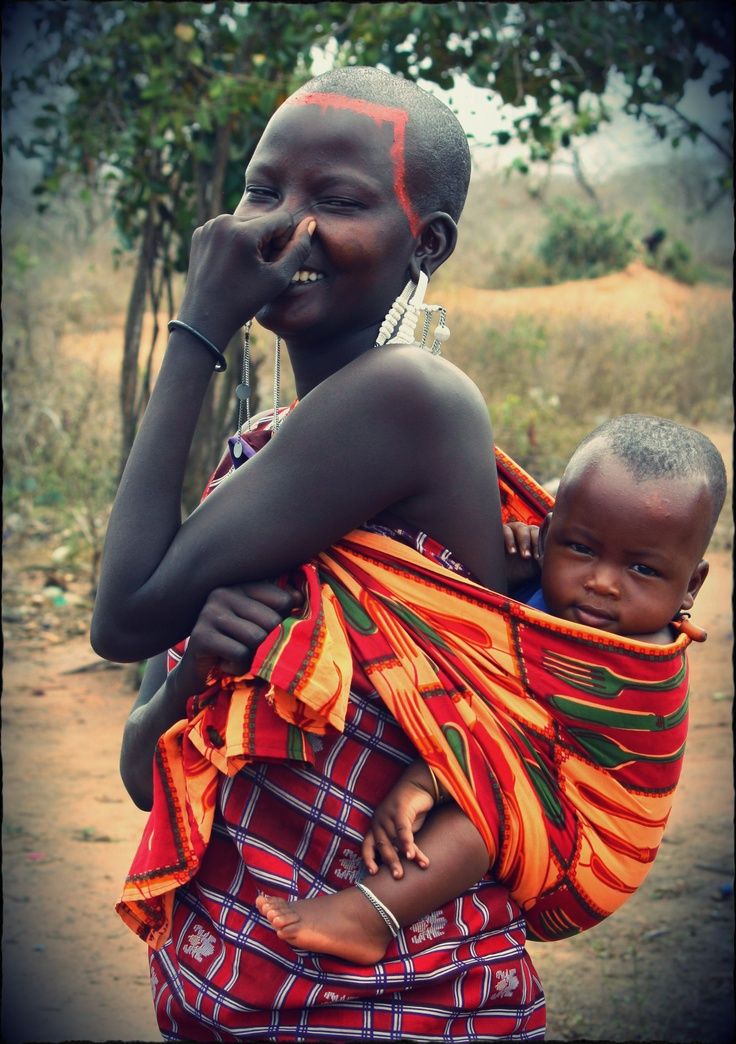
* Always remove any spoiled dirty foods immediately.
*Other foods can also be offered inbetween feeds. This is a good opportunity to offer things such as sprouted seeds and pulses, soft low fat and easy to eat foods such as scrambled egg, hard boiled egg (chopped), chopped roast chicken breast ( no bones), white boneless fish, a few sprinkles of grated cheese, boiled rice or pasta, a very small amount of biscuit crumbs, millet spray or seeds, wholegrain healthy cereals either soaked in soya milk or eaten on their own. Boiled sweet potatoe I find is also very well consumed at this age as it has a soft mushy consistancy.
As your bird gradually learns to eat more during the day, feeds can be reduced to 2 feeds per day, so one in the morning and one at night time just as top ups to ensure your bird is eating enough. These two feeds can be given for many weeks to come until your bird refuses them and decides he/she no longer wants them.
*African Greys do not like to be rushed through the weaning process so do not be in too much of a hurry to drop the final 2 feeds. In the wild African Greys do not learn to wean until they have first learnt to fly (around 12 weeks old) and the process of following their parents around and learning to eat different kinds of foods can take weeks or sometimes even months in the wild! But they can also rely on you too much for food so getting your bird eating healthy on a 3 formula feed diet rota followed by a 2 a day formula feed is a very healthy way to introduce your bird onto solid foods.
In the wild African Greys do not learn to wean until they have first learnt to fly (around 12 weeks old) and the process of following their parents around and learning to eat different kinds of foods can take weeks or sometimes even months in the wild! But they can also rely on you too much for food so getting your bird eating healthy on a 3 formula feed diet rota followed by a 2 a day formula feed is a very healthy way to introduce your bird onto solid foods.
*Purchasing some gram scales to weigh your bird is an excellent way to ensure your bird is eating enough and not loosing too much weight during the weaning process!
Jaco - amazing parrots
Jaco (African gray parrot) - a bird that does not have bright plumage, but has one amazing ability - the ability to imitate the human voice. These birds are excellent students. Scientists have proven that the brain of the adults of these parrots functions in much the same way as the brain of a five-year-old child.
These beautiful birds have rather modest plumage.
Gray-tailed subspecies
Red-tailed. Distinguished by gray plumage with gray edging on the feathers of the head, tail and neck. A characteristic feature of these parrots is the dark red tail.
Browntail. Differ in darker plumage with beige shades on the head. Also a characteristic feature of these birds is the tail of a dark brown color.
Both red-tailed and brown-tailed jacos are distinguished by their plumage with light edging, resulting in a visual impression of a pattern that looks like scales.
Adults can weigh up to 600g. In size, they can reach 45 centimeters. The shell of the eyes of these parrots is yellow. Young individuals have a darker iris, but upon reaching the age of 3, it becomes lighter. Females are smaller than males, their beak is more rounded, and the body is more graceful.
Males have a more massive body and a broader head. At the same time, it is almost impossible to visually determine the sex of a bird of this genus. Only tests will give you the exact answer. Jaco have a fairly powerful chewing muscles. In view of the special structure of the skull, the beak is very mobile. This helps parrots to easily cope with even the most solid food.
At the same time, it is almost impossible to visually determine the sex of a bird of this genus. Only tests will give you the exact answer. Jaco have a fairly powerful chewing muscles. In view of the special structure of the skull, the beak is very mobile. This helps parrots to easily cope with even the most solid food.
Gray color
First of all, it is worth noting the developed intelligence of these parrots. They are independent and moderately self-centered. A big advantage for Jaco breeders is that they are accustomed to living in packs, which makes them easy to tame. Many experts note that Jacos are very sensitive birds that are attentive to trifles and need constant attention. Some parrots are very fond of spending time on the shoulder or in the arms of their owner. By the way, the owners of these birds must be firm and confident, so the Jaco is not the best friend for little children.
Although the parrot is tame, it treats members of the same family differently.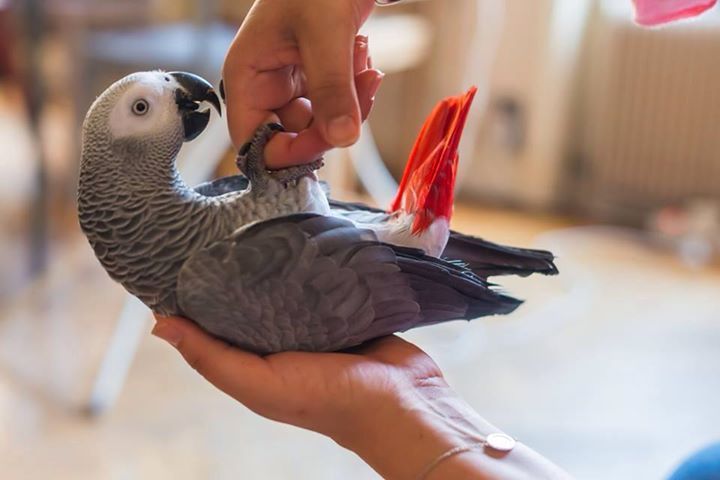 The more attention a person pays to a bird, the greater the return from the pet follows. It often happens that females choose a male host for themselves, and males choose a female one. Surprisingly, Grays can be jealous. It is definitely recommended to show the parrot what he can and cannot do. This will avoid a lot of problems with further aggression.
The more attention a person pays to a bird, the greater the return from the pet follows. It often happens that females choose a male host for themselves, and males choose a female one. Surprisingly, Grays can be jealous. It is definitely recommended to show the parrot what he can and cannot do. This will avoid a lot of problems with further aggression.
Maintenance and care
To exclude the possibility of parrot jealousy towards its owner, experts recommend regular training. During the process of moving, some individuals can behave quite noisily, however, the Gray will get used to a new place within a few days. These birds are very fast learners. Almost every parrot can be taught to talk. It is recommended to start training the bird from a very young age.
Birds are prone to obesity, so their diet must be carefully planned. It can be corn, oats, wheat, barley, buckwheat, peas and rice. A daily change of water in the drinker is required (filtered or pre-settled).
The cage should also be cleaned on a regular basis. It is recommended to provide the bird with an opportunity to fly outside the cage. Otherwise, the Jaco may get bored and begin to pluck its feathers.
You can purchase everything you need to keep your feathered pet in our online store.
7 reasons to get a parrot - Lifehacker
June 8, 2017 Life
If you are not indifferent to birds, then perhaps you should get a parrot: a feathered pet has many advantages.
Most people keep cats or dogs at home. Parrots, especially large ones, are still considered exotic, despite the fact that they are much easier to care for, and they bring no less joy. Our family decided to get a large parrot, as we had heard a lot about their intellectual abilities and already had experience in keeping birds - budgerigars. Since then, for nine years now, our Eve of the noble parrot breed, or eclectus, has pleased us with her company.
As a pet, a parrot has many virtues.
1. Parrots do not have hair
Instead of hair, like dogs or cats, parrots have "powder". These are the smallest horny particles of down feathers, which resemble talc in properties and are needed in order to repel water if the bird gets wet. But certain types of parrots (eclectus are one of them) do not produce any powder, but have sebaceous glands. Such birds are suitable even for those who are allergic to feathers.
In addition, parrots are not as odorous as other animals. A healthy, well-groomed bird smells like honey or a sun-dried feather pillow.
2. Parrots can learn to talk
Parrots are great imitators. They are able to reproduce the buzz of a washing machine, the ringtone of a telephone, the sound of a doorbell. If you show patience and work with a bird, it will learn not only to pronounce individual words and phrases, but also to repeat sentences in the desired sequence. Our parrot, for example, knows how to tell a fairy tale about Ryaba the Hen and laughs very contagiously.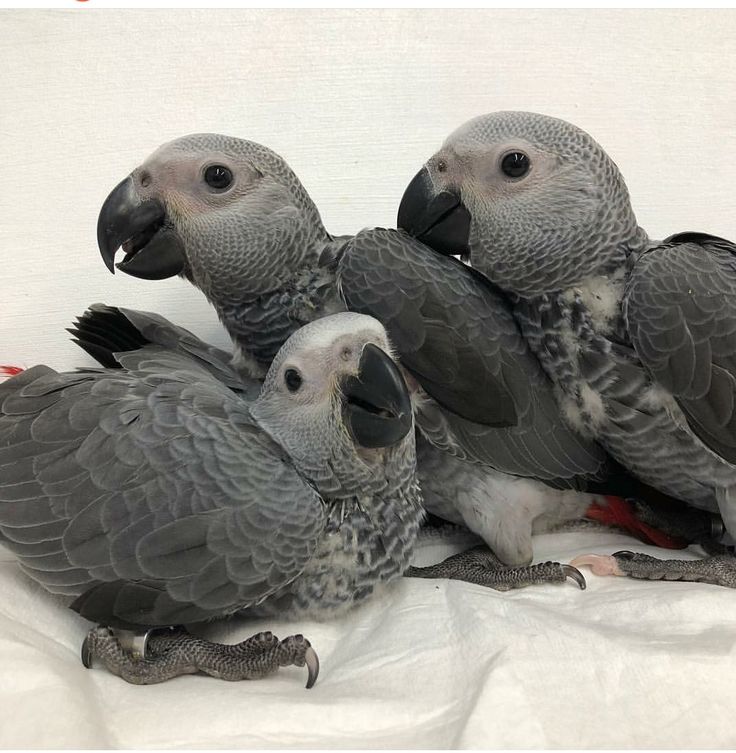
The talkativeness of a parrot largely depends on its species. The first place is rightfully occupied by gray African Jaco parrots, followed by Amazons. Cockatiels and budgerigars can also learn to pronounce up to a hundred or more words.
In order for a parrot to learn to talk, it is better to keep it alone, without other birds, so that there is a lack of communication that will encourage the bird to make contact. The secret of training is simple: you need to practice regularly, pronounce words emotionally and do not forget to praise and cheer your pet with his favorite treats. Sometimes the best reward for a bird is to scratch its head against feathers.
3. They are distinguished by intelligence and ingenuity
The Jaco, or African gray parrot, is rightfully considered the most capable. This species can even analyze and reason logically at a basic level. Alex parrot (Avian Learning EXperience), one of the representatives of this breed, was specially selected for the experiment by Dr. Irene Pepperberg. The psychologist set out to prove that parrots are able not only to imitate sounds, but also to make conscious decisions.
Alex parrot (Avian Learning EXperience), one of the representatives of this breed, was specially selected for the experiment by Dr. Irene Pepperberg. The psychologist set out to prove that parrots are able not only to imitate sounds, but also to make conscious decisions.
Jaco could identify up to 50 different objects and describe their colors, shapes and materials. Alex had the ability to be aware of the concepts of "more", "less", "same", "different", "above" and "under". His vocabulary was about 150 words, but his main feature was not even in this.
The parrot was able to understand what he was saying, could ask a question, make a request and ask again if he was not given what he was promised, or even complain of fatigue.
Alex reached the intellectual level of a five-year-old and the emotional level of a two-year-old, and according to the researcher, this was not yet the limit. Alex died at the age of 31. The last words he said to the hostess: “Be good. See you tomorrow. I love you".
See you tomorrow. I love you".
4. Parrots are social animals
Parrots, like people, are very fond of communication and try to avoid loneliness. If you deprive a bird of company, it may develop depression, which can lead to self-plucking syndrome. That is, stress forces the bird to pluck its feathers.
At the same time, parrots are able to entertain themselves, for example, with the help of mirrors and baby rattles, and do not require much attention. When you go to work or are busy with business, a feathered friend can be placed in a cage.
If raised, a parrot can be no less affectionate and loving than a dog or cat. There are many examples when birds miss their owners and cannot even imagine their existence without a family. Yes, and our parrot is no exception: Eva is always sad when we go on vacation, and rejoices at our return.
5. Easy to keep
Feathers and droppings should be removed after the parrot. Daily cleaning of the cage is much easier than endless cleaning of the tray and hourly walks on the street. For a parrot to be healthy, it is enough to bathe it once a week and cut its claws in a timely manner. The birds themselves monitor the purity of feathers, regularly putting themselves in order.
Providing a balanced diet is also easy. In addition to high-quality purchased feed, the bird's diet should include fresh fruits and vegetables (except avocados). Some parrots, especially large ones, benefit from sprouted grains: wheat, buckwheat, oats, mung bean.
For our family, feeding a parrot became an incentive to start sprouting: sprouts are also useful for humans, because they contain minerals, vitamins and enzymes.
6. Space-saving
The parrot cage can be placed on a table, nightstand, stool, or even hung. The bird does not take up much space and can be the best choice for those who seek to save living space.
7. Gives aesthetic pleasure
The parrot gives your home or room a special touch. Their appearance is very attractive, and the funny manner of playing and communicating not only allows you to admire the pet, but also helps to reduce stress. If the bird is tame, you can always offer your guests a photo in the role of a pirate. Or even dance with a parrot.
If you decide to buy a parrot, buy it from experienced breeders. When buying a large parrot, ask for the bird's passport.
Parrots brought from other countries can be psychologically and physically traumatized, and it may not be so easy to tame them and find a common language with them. In addition, hand-fed chicks perceive a person in a completely different way and, as a result, consider themselves a full-fledged part of the family flock.
A parrot can become your real companion and friend, but you should not buy an exotic animal just for beauty.